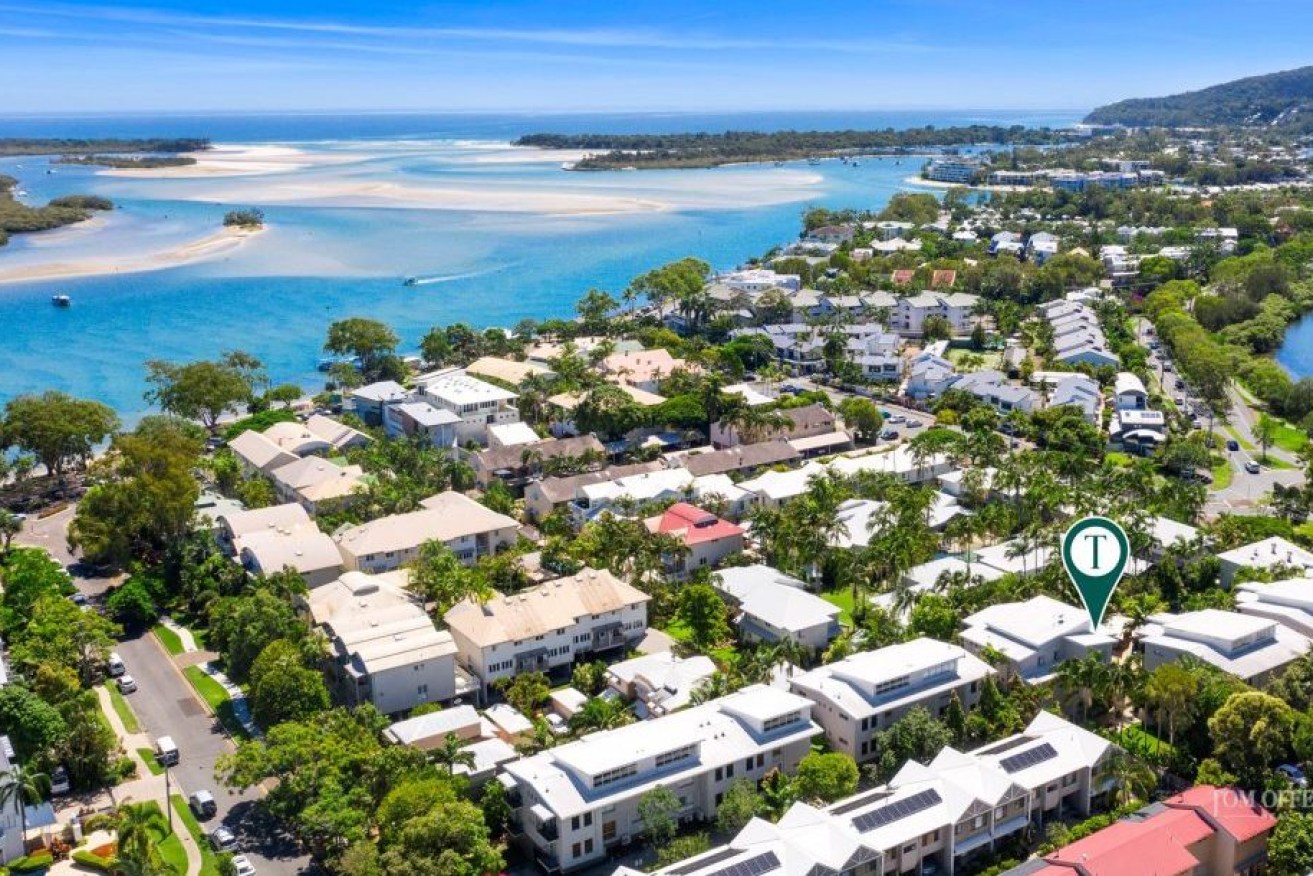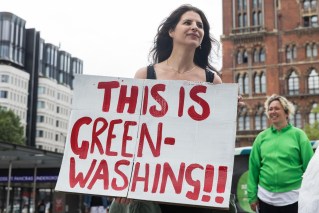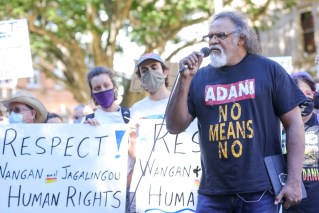How Noosa’s population has gone backwards as SEQ surges past 3.7m
South east Queensland is in the middle of a population boom as southerners pour into the state for a lifestyle change, but there are places considered to be magnets for Victorians where the population is in decline.


Noosa is already feeling the pressures of over tourism and over population (file image)
Noosa has long been regarded as North Toorak because of the high percentage of Victorians who move there, either for the winter, or permanently, but its population is in decline, according to demographer Simone Alexander.
She points out that the decline is only small but it is against a backdrop of a 1 per cent increase in the SEQ population in 2020-21 to 3.7 million – and suburbs like the newly developed Ripley increasing at almost 20 per cent. Noosa’s hinterland also grew by 1.7 per cent.
Property expert Pete Wargent said the fall was probably related to the low birthrate in the area and “a bit of a race for space leading to falling household sizes”.
“But it’s really pretty flat rather than falling significantly,” he said.
Alexander said population declines were also experienced in some of Brisbane’s more established suburbs as well as Logan, the Gold Coast and much of Noosa.
SA2 areas with the strongest population declines were St Lucia (-5.3 per cent), Brisbane City (-4.2 per cent), Kelvin Grove-Herston (-3.5 per cent) and Woodridge (-3.3 per cent).
She said St Lucia’s fall was likely associated with the loss of students during the pandemic. Kelvin Grove and Herston also have student populations.
There were also population falls on the Gold Coast in places like Bundall.
Alexander said Queensland’s population was impacted by the border closures and in 2020-21 there were more international departures from the state than arrivals.
“But interstate migration increased by almost one-quarter, reaching 31,180,” she said.
She said it was hard to determine what the increase in population would have been had the borders remained open but if the growth of 2018-19 had been maintained the following year total growth would have been about 90,000.












